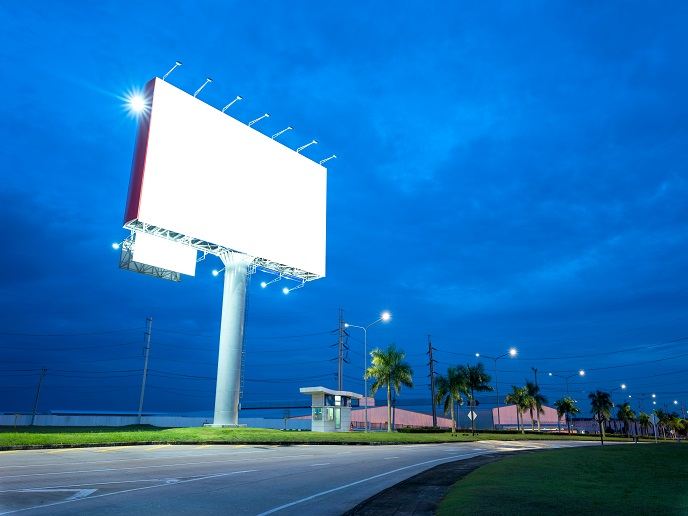Disruptive digital reflective display enables energy-efficient profitable outdoor advertising
Imagine a billboard with no printing costs, where you can change the image every second. It can also be scaled down to cover a small area or up to cover a whole city block. Add to this a screen that is easy on the eyes in all sorts of lighting conditions, and that displays changing images and full-colour images, all while using little power. This is the vision of future outdoor advertising. Thanks to new technology developed by the EU-funded DynamicColor(opens in new window) project, this type of digital display for outdoors will soon become a brilliant reality. “Pigmented pixel tiles are the missing pieces of the puzzle in the vision of a smart city. They can be controlled digitally for infinite changes, and produce vibrant colours and special effects by reflecting sunlight,” explains Guy Zimmerman, COO of Israel-based start-up KA-DynamicColor that won the EU funding.
A better digital alternative to LED billboards
By employing patented digital technology based on pigment materials, KA-DynamicColor developed a digital reflective display panel that can change the presented image in less than 0.3 seconds, providing a sharp and vivid image using the light of the sun. “The pixels reflect the light and produce a vast range of consistently rich colours and high-contrast images in any lighting conditions. And when the sun goes down, the billboard is brought to life using conventional lighting at a fraction of the energy cost of a light-emitting diode (LED) billboard,” adds Zimmerman. Using the digital printing standard of cyan magenta yellow key, CMYK, the modular display panel can display up to 650 000 colours and can be customised with additional layers of texture like metallic, fluorescent and neon. The technology is inspired by the natural pigmentation processes chameleons use to produce and maintain colour. In contrast to LEDs, which become less visible in bright light, chameleons change their pigment content to show their most brilliant colours. Importantly, the use of pigmented pixel technology overcomes the major limitation to further deployment of outdoor LED billboards, namely the immense amount of energy they consume due to their size. Compared to digital LED displays, the new modular display panel minimises energy consumption to less than 5 %. Zimmerman notes: “A standard 60 m2 LED sign takes the equivalent of 17 households’ electricity consumption, while the same sign produced by KA-Dynamic Color consumes almost zero energy when the image is on, and standard white lighting at night. Requiring minimal energy to operate, it can be powered by a solar panel in the daytime (and by battery during the night), and can therefore be used in remote locations that lack access to the electricity grid.”
Digital billboards versus posters
According to a 2017 survey, the out-of-home advertising market is worth EUR 38 billion, and is the only traditional advertisement medium projected to grow further in coming years. Billboard advertising represents more than 40 % of out-of-home advertising market, yet the number of digital billboards is only 2 % of the 4 million printed billboards worldwide. Greater uptake of digital billboards can eliminate the massive plastic waste generated by their printed counterparts. “Reflective digital display billboards can generate 6 to 10 times more revenue compared to printed, while reducing operating expenses and avoiding electricity costs and adapting to regulatory limits on rate of image change and light pollution,” Zimmerman underlines. KA-Dynamic Color is heralding a breakthrough in out-of-home advertising, offering a lower-power and more lucrative alternative to printed and digital billboards. The company aspires to carve out a niche market focusing on ‘green digital signs’, and increase its market share to 15 %, or 600 000 signs, over the coming years.







